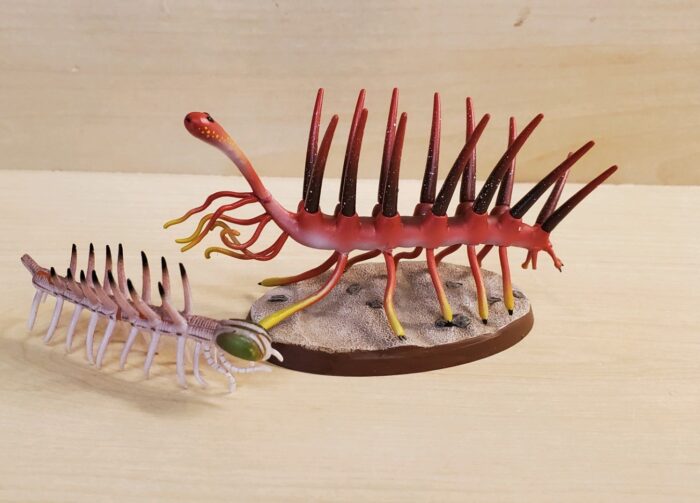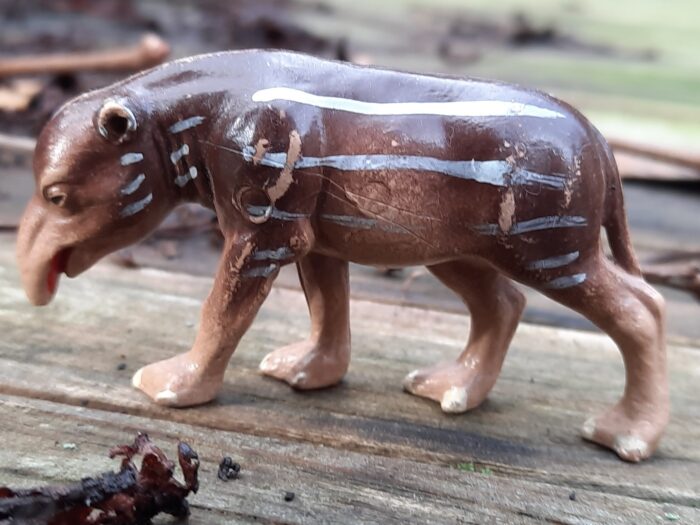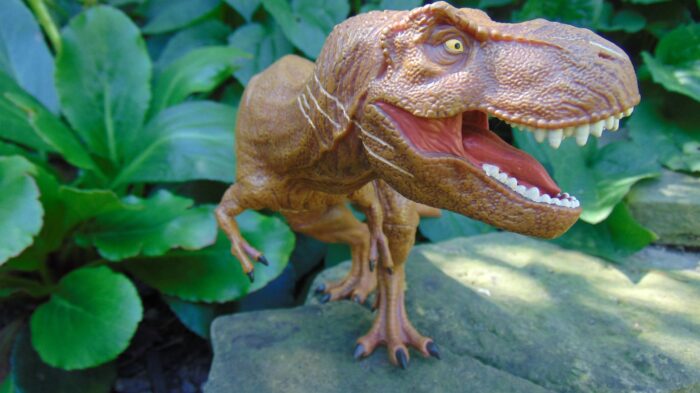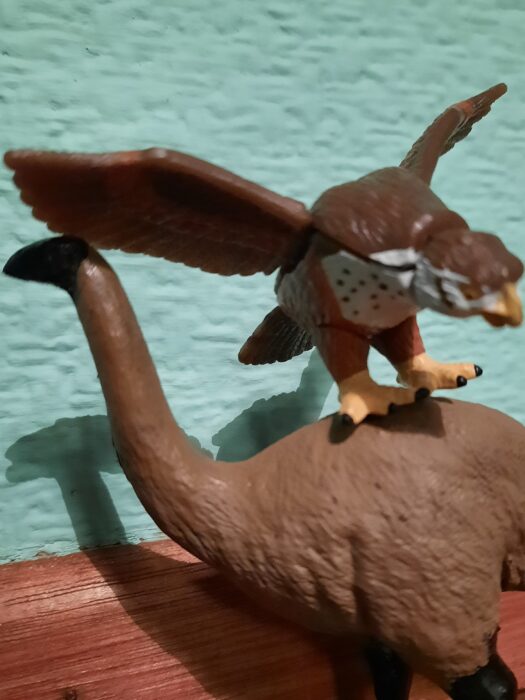Discovered in Jinyun County, China, in 2008 and officially described in 2018, Jinyunpelta sinensis (“Jinyun shield from China”) hails from the Albian-Cenomanian age, which at around one hundred million years is the oldest age of the Late Cretaceous. This makes it the oldest and baselmost ankylosaurine known to date.
Review: Zhejiangopterus (Vitae)
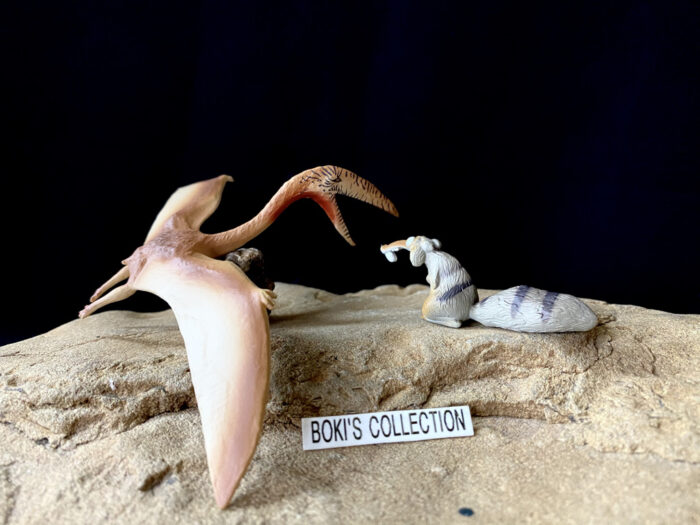
When we think of the group of pterosaur knows as azhdarchid, the first thing that comes to mind are the large species such as Quetzalcoatlus and Hatzegopteryx for good reason. These two famous species are the largest of the pterosaurs and hold the record as the largest animal that have ever taken to the air.
Review: Tingamarra Soft-Shelled Turtle (Lost Kingdoms Series A by Yowie)
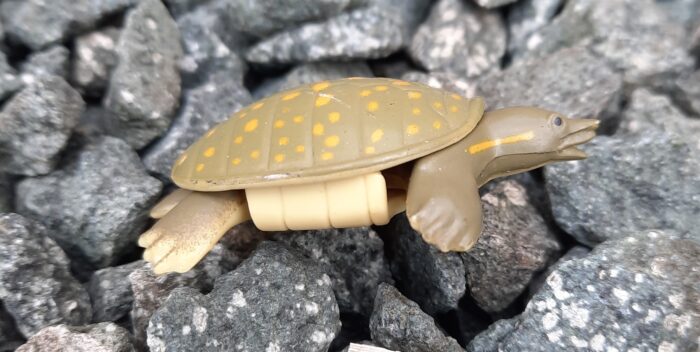
I adore lines like Yowie for bringing out models of animals that are comparatively rare in terms of being immortalised in plastic. Animals from the Paleogene and Eocene are rare. Extinct turtle species are rare. And yet Yowie made a figure of an animal that fits both criteria, the Tingamarra Soft-Shelled Turtle.
Review: Adansonia, Baobab (by Schleich and CollectA)
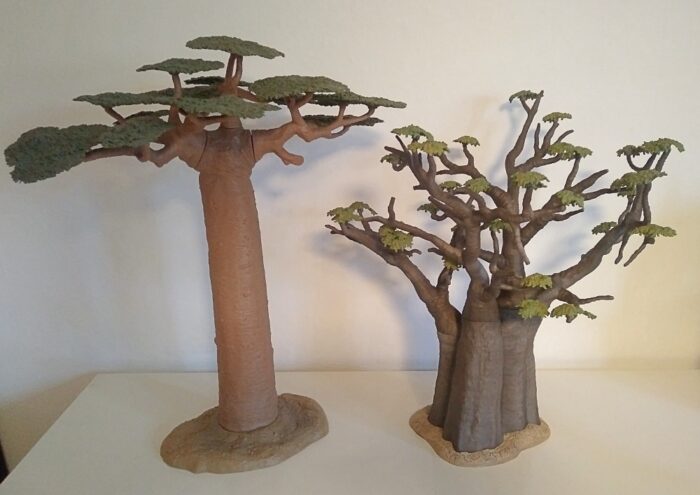
The family of Baobabs is one of the most distinct and recognizable trees in the world. Eight species exist under the genus Adansonia, they are native to Subsaharaian Africa, Madagascar and Australia. The natural history of Baobabs is somewhat clouded and methods as molecular clocking yield debatable results.
Review: Hallucigenia (Kaiyodo vs. Trilobiti Design)
Review: Palaeotherium (Starlux)
Review: Kronosaurus (Unknown)
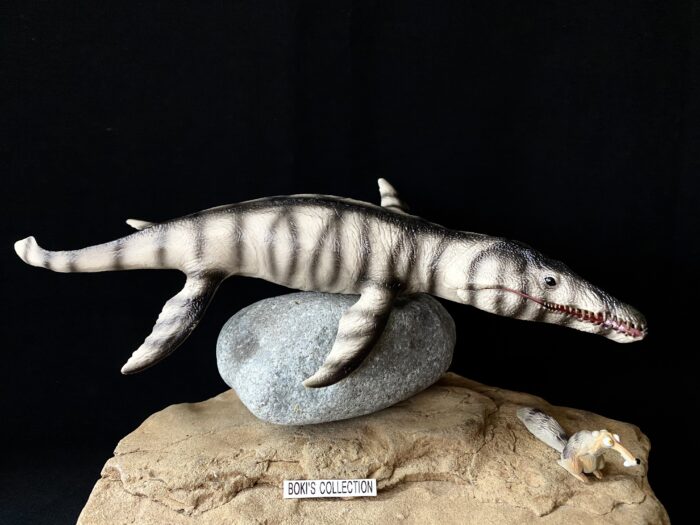
There was a time when Kronossaurus was the most famous marine reptile. It was part of the elite group of dinosaurs (and other prehistoric animals), sort of like the Mesozoic version of the Justice League. These assortments would be the core group to be featured in the 1950’s Marx set, the first real toy set to focus on prehistoric animals, This Mesozoic superhero group would feature icons: we see Tyrannosaurus rex, Diplodocus, Allosaurus, Triceratops, Anklyosaurus, Hadrosaur (iguanodon?), Pteranodon, and of course Kronosaurus (representing the marine reptiles).
Review: Sinoceratops (Jurassic World: Camp Cretaceous, Sound Strike by Mattel)
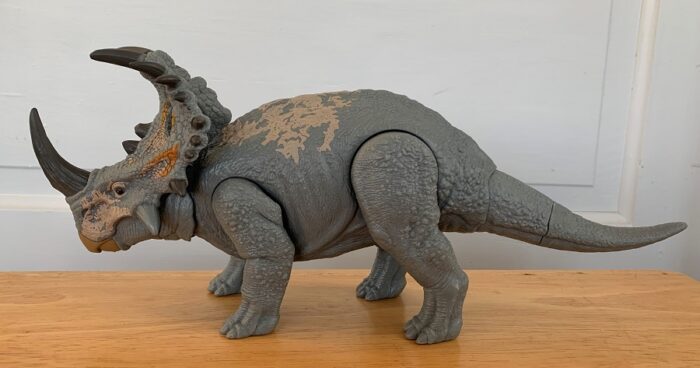
Back in 2018, when Jurassic World: Fallen Kingdom was released, a curious thing happened. Mattel, with their newly acquired rights to the Jurassic Park franchise began pumping out action figures for the movie’s various starring animals. But one of those animals was decidedly different from it’s on-screen counterpart.
Review: Dilophosaurus (Electronic Deluxe)(Terra Series by Battat)
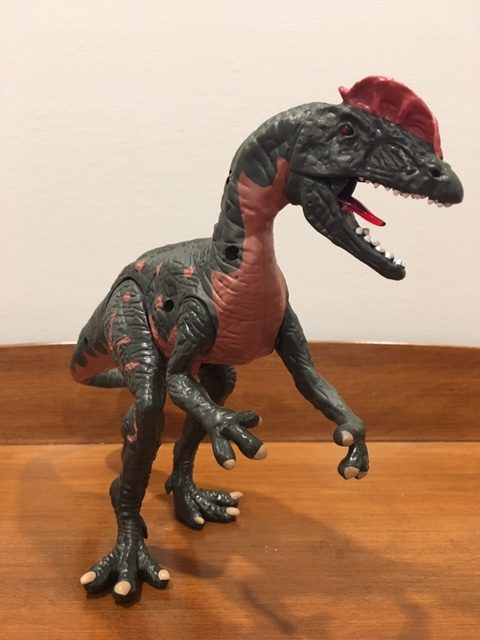
It was a truly sad day for the entire dinosaur toy community when Battat Terra sculptor Dan LoRusso passed away in 2015. He was immensely talented, meticulous in his research, and most importantly of all, friendly and kind. At the time of his death, he had begun working on sculpts of Majungasaurus, Plateosaurus, and Yutyrannus for the Terra line.
Review: Tyrannosaurus Rex (Jurassic World Live Tour)
Review: New Zealand Giant Eagle/Hieraaetus (Lost Kingdoms Series A by Yowie)
Review: Pachyrhinosaurus (PNSO)
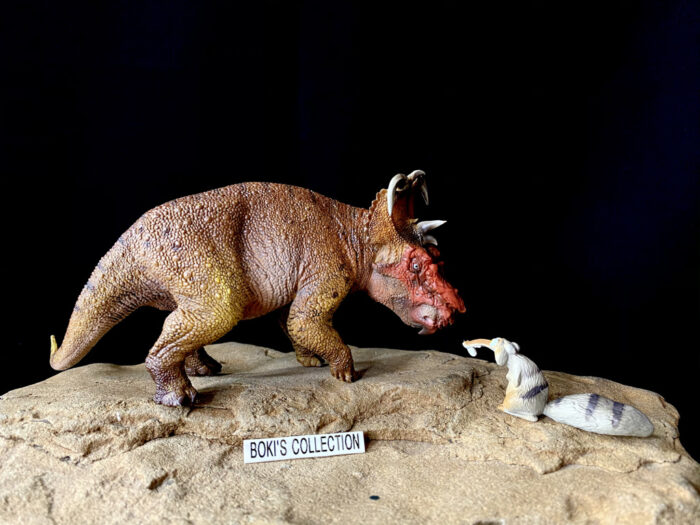
The rainy season is in full swing and out on the plains, herds of animals are gathering for their migration. Their path is cut by a river that, just a few months ago, was shallow and easy to cross. As the rain gather strength, so too are the numbers of animals coming in from different corners.





